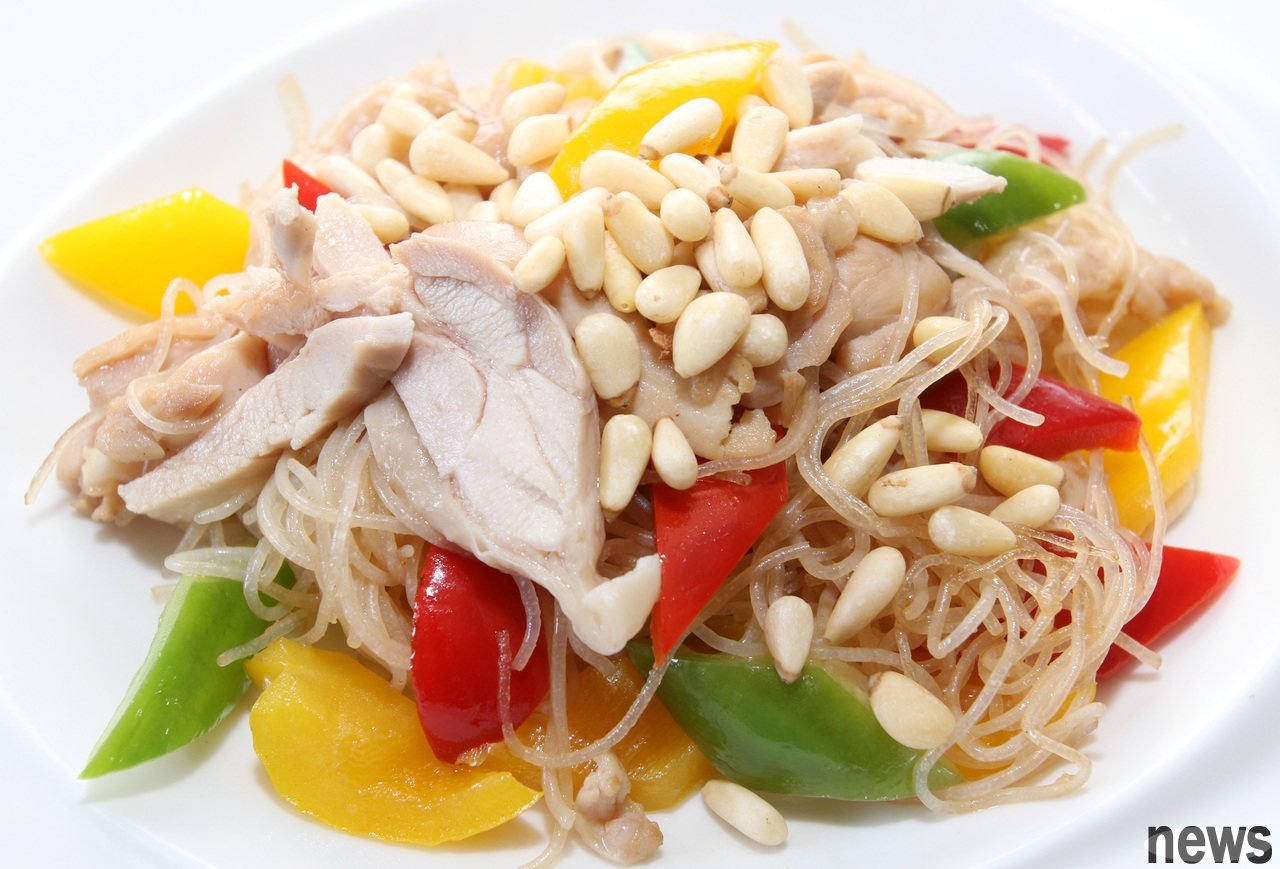
As long as you are a Taiwanese, the "fried rice noodles" is indispensable in your taste memory. It can be said to be an ancient version of the fast food noodles. In fact, "rice noodles", one of Taiwan's signature snacks, have been produced by the production technology of Hui'an County, Fujian Province, and several rice noodles families in Hsinchu, and their ancestors also came from Hui'an. When Wuhu was in China, people from the north lived in the south, and because they missed the old country, they tried to replace flour with rice. The noodles made in this way (it is more appropriate to describe them as "rice noodles") are the earliest "rice noodles".
Rice noodles are dry with "three-point sun and seven-point wind". Hsinchu local storm starts from October to December, just blowing the rice noodles evenly dry and slurry. The cooking is uniquely flexible, which has created the reputation of "Hsinchu rice noodles".
{9 After the rice price increased, many businessmen changed to make rice with different proportions of corn flour or small rice flour, but the higher the proportion of rice flour, the more crystal clear and distinctive the rice flour, it is not easy to taste, and the taste is also hard. Therefore, gourmets often designate "pure rice rice flour". This rice noodles are actually not transparent. After cooking, they are soft and have a light rice aroma when chewed, and the price is 80% to twice as high. Rice flourRice flour can be cooked and gouache. Hsinchu rice noodles are "cooking noodles", and the noodles are more delicate; while Puli and Fenyuan rice noodles are "gou noodles", and the lines are thicker.
Cooking powder: It is made thoroughly by steaming, and then made after a day. It is softer and hard to cook, and has a small proportion of market share. It is a specialty of Hsinchu! Its rudimentary nature is stronger and more flexible to eat, because it has dryness and has a longer shelf life, and is mostly used for fried rice noodles.
Gao powder: Gou powder is also called "coarse rice noodles". It is blanched in water and then sautéed over a day. The body is coarse and not easy to crack. It is easy for ordinary people to cook, so it is recommended to cook it into rice noodles soup.
Master teaches you how to make delicious rice noodle recipes demonstration master/Zhou Chengjun: He served as the "International Cooking Master" of the International Cooking Technical Committee, and has won many Chinese cuisine awards. Works: Soaking water in summer is refreshing, and raising water in autumn is the way to nourish the winter, and raising water in spring is good for nourishing water in spring, etc. (published by Sibo Jade). 1. Fried rice noodles with pine nuts and chicken slices Ingredients: 120g boneless chicken leg meat slices, 50 grams of cooked pine nuts, 1 bowl of bell pepper slices, 1 small packet of rice flour, 1 tablespoon of tangerine oil, suitable for high soup, minced coriander, fine rock sugar, and pepper powder.Medibles: egg white, salt, light-colored soy sauce, pepper, and ginger water.
Method:
1. Mix the chicken leg slices evenly with marinated ingredients, let the rice noodles be cured for 20 minutes, blanched in hot water and dried, and prepare.
2. Boil the oil, add chicken slices and fry until cooked 7 minutes, then add bell pepper slices and stir fry for about 10 seconds, then dry.
3. Leave hot oil in the pot, add lubricant, rock sugar, pepper and high soup and stir-fry over low heat, add rice noodles and stir-fry and stir-fry.
4. Add chicken slices and bell pepper slices to over high heat and fry them and turn off the heat. Sprinkle pine nuts and coriander.
2. Time-honored raw rice noodles soup Ingredients: 60g meat stock, 1 bowl of high-alkali vegetable stock, 1 tablespoon of mushroom stock, 1 tablespoon of red bean stock, 1 tablespoon of green bean stock, 1 tablespoon of black fungus stock, 1 teaspoon of wolfberry, 1 handful of rice flour, high soup, salt, minced celery and pepper.Method:
1. Wash all ingredients and dry them. Blanch the rice noodles in hot water and then dry them. Add a little ginger water to the meat for about 15 minutes and prepare.
2. Add high-quality vegetables, mushrooms, red tangerines, black fungus, and high-soils into the pot, boil over high heat, stir slightly, then simmer over low heat for about 20 minutes, add meat, green beans and rice flour, and cook over medium heat until cooked thoroughly. Finally, add wolfberry, celery and salt to taste, and sprinkle some pepper.
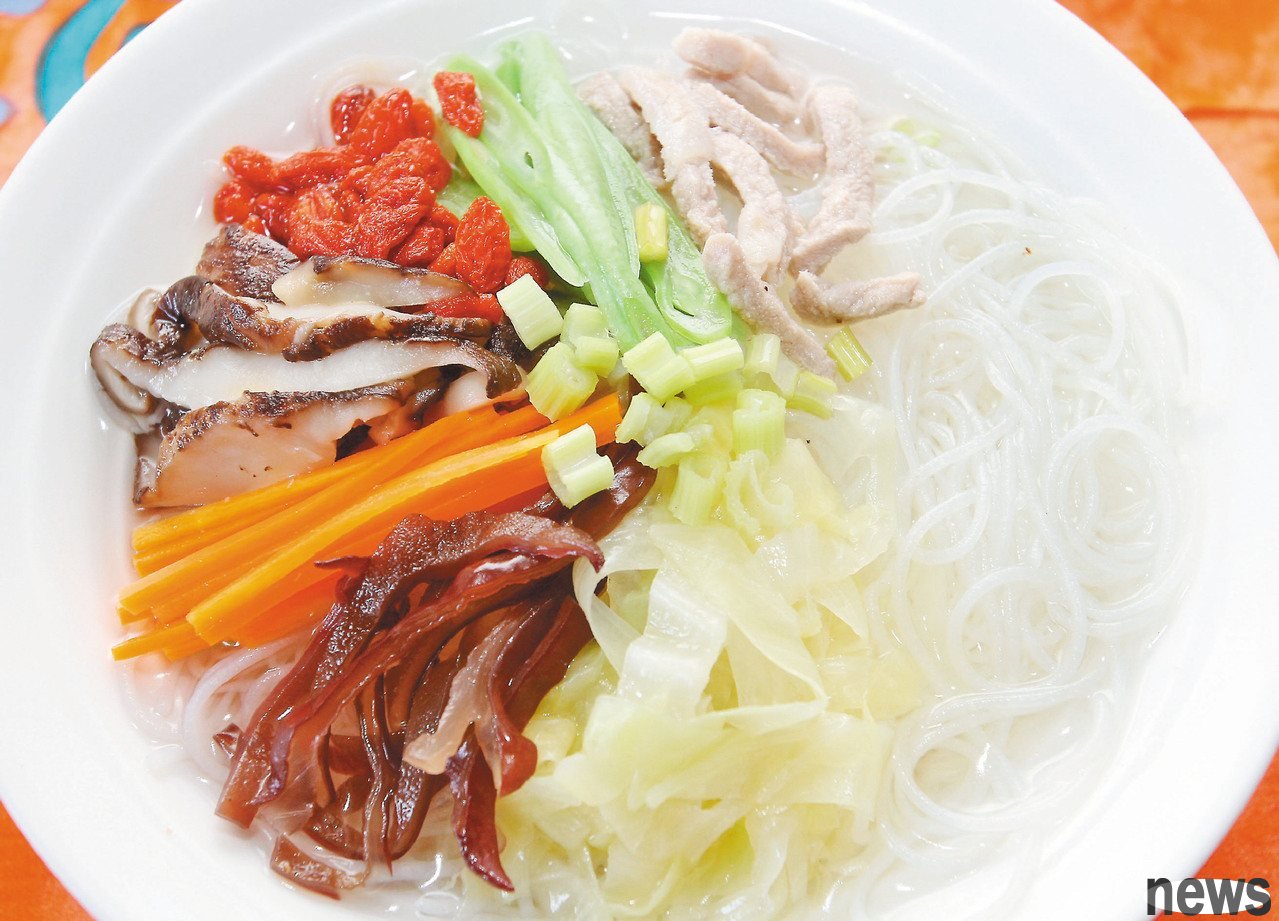
Method:
1. Boil silver apricots in sugar water to remove the bitter taste. First, marinate the fish with a small amount of salt and wine, then put it in the oven and bake it, take it out and crush it with a fork, and prepare it.
2. Take the pot and pour oil and heat it, add the rice noodles and stir-fry until fragrant until 7 minutes cooked, add rice flour and stir-fry to loosen.
3. Continue to stir-fry fish, apricots and yam, and finally add salt and black pepper to taste, and then finish it.
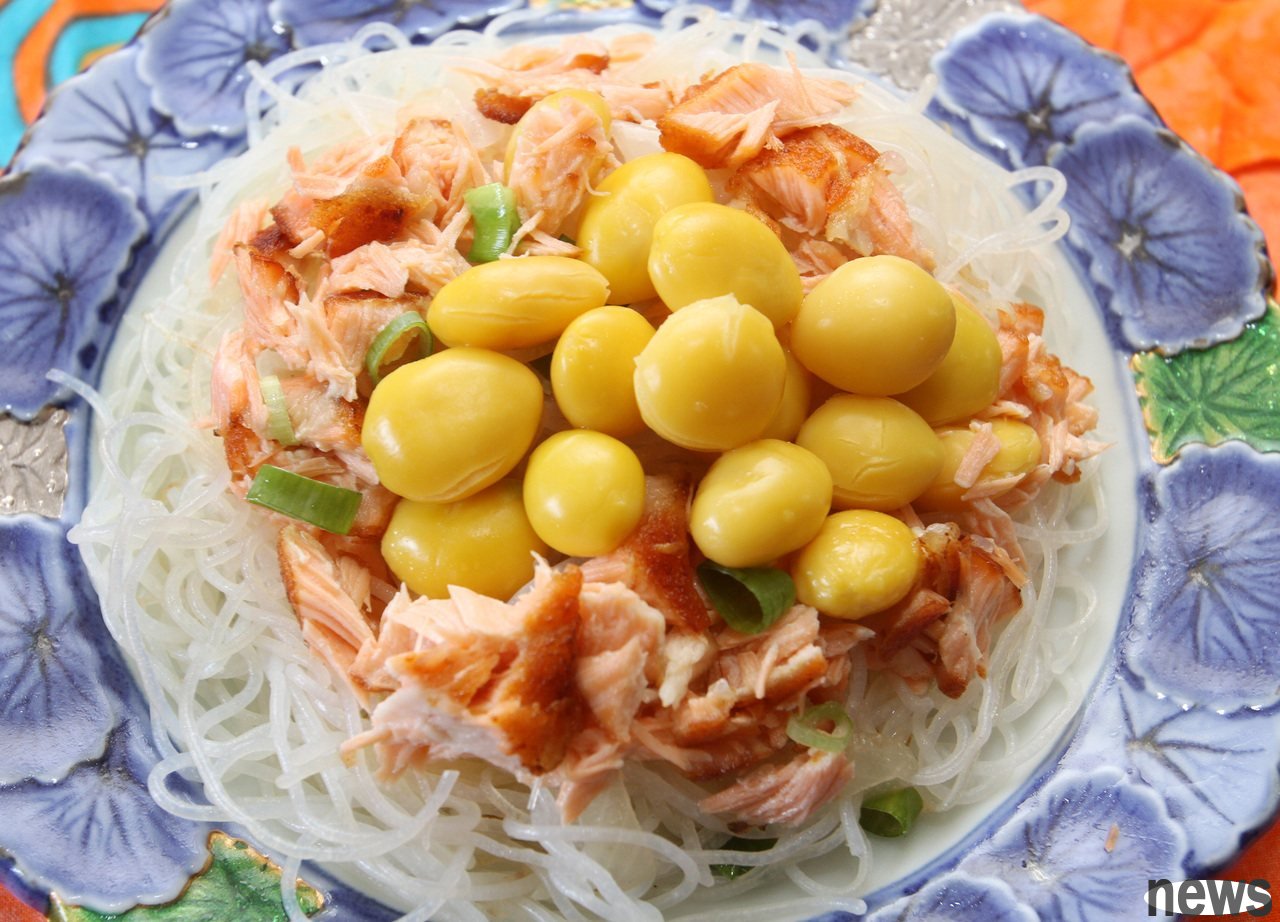
Method:
1. Wash the wolfberry and dry it, wash the mushrooms and soak it softly, soak the stewed and ginger flakes in water, wash and slice the fish, blanch the rice noodles in hot water and then dry it, and prepare it.
2. Put mushrooms, rice flour and high soup into the pot, first boil over high heat, add fish slices to medium heat and cook, then add wolfberry and salt to taste.
3. Sprinkle some pepper, ginger, ginger and celery in a bowl.
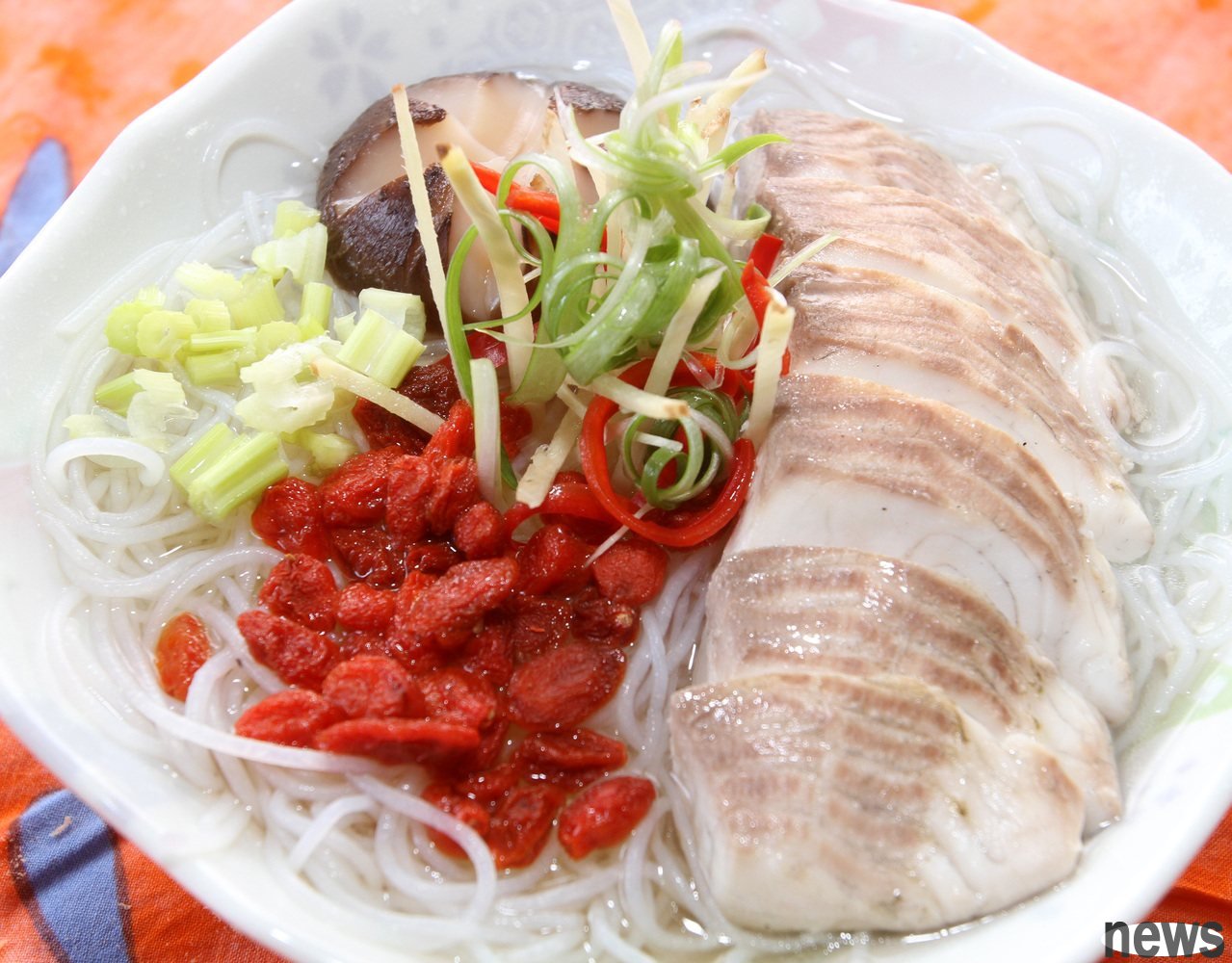
1 small leaf, 3 black elixir, 2 tablets of Eucommia ulmoides, 1 tablet of Eucommia 2 tablets of Huangqi, 2 tablets of Chuanxiong, 2 tablets of Laozi, 2 tablets of Laozi, 500 rice wine, suitable salt, and 500 pepper.
Method:
1. Slice the pig liver, blanch the rice noodles in hot water and dry it, soak the rice wine first; use it.
2. Wash the Chinese medicine and add water and boil it (not put it in the same time), turn to low heat for 20 minutes, then leave for another 10 minutes to remove the drug residue.
3. Take the pot and add tea oil, boil the old ginger juice, pork liver and rice noodles, add a little salt to taste, and pour some wine on the bowl.
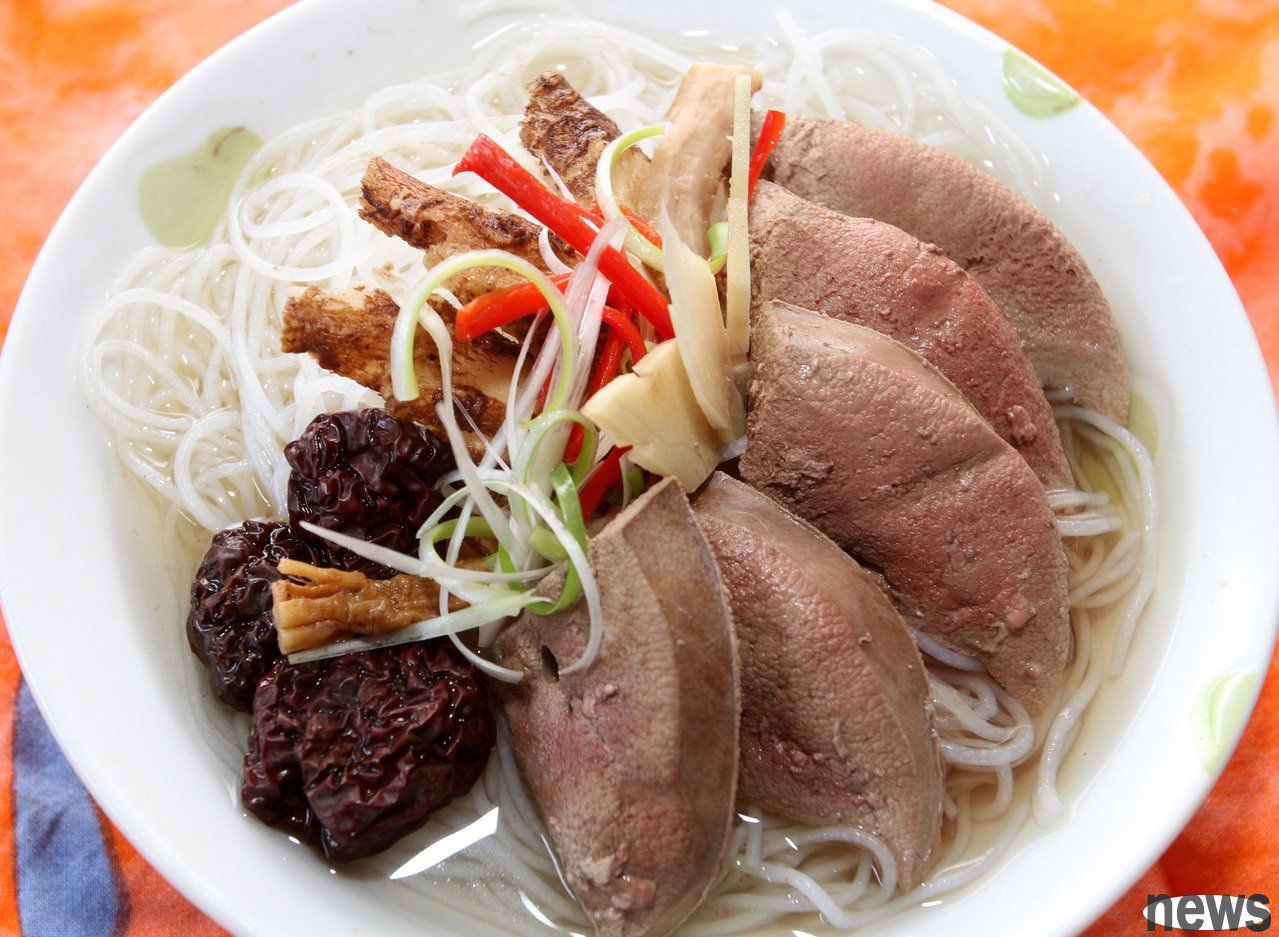
【Reporter Luo Jianyi/Reported by, Source/2013-03-03 Joint Report "Yuanqi Weekly Report Nursing DIY"] (Remarks: The interviewee's vocation may have changed, please forgive me)

